The animal kingdom is filled with remarkable adaptations, but few are as simultaneously fascinating and unsettling as a snake’s ability to consume prey many times larger than its own head. This extraordinary feat of biology allows these limbless predators to thrive across diverse ecosystems worldwide. From the massive reticulated python swallowing a deer to the common garden snake engulfing a frog, the ability to consume prey whole represents one of nature’s most impressive digestive achievements. This specialized adaptation has evolved over millions of years, resulting in a suite of anatomical and physiological modifications that transform snakes into one of nature’s most efficient eating machines. Let’s explore the remarkable science behind how these reptiles manage to swallow, process, and extract nutrients from prey that would seem impossibly large for their slender bodies.
The Remarkable Jaw Structure
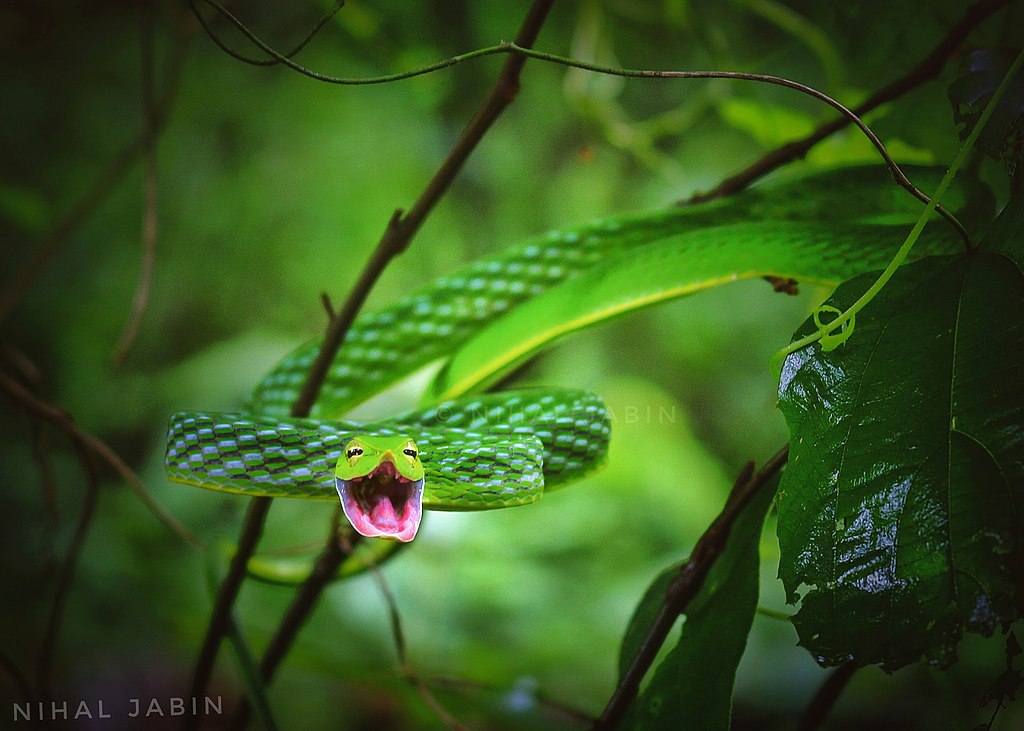
Unlike human jaws, which are fused at the mandibular symphysis (the joint where the two halves of our lower jaw meet), snakes possess a highly mobile jaw system. Their mandibles aren’t rigidly connected but instead are joined by stretchy ligaments that allow significant movement. Additionally, snakes have an extra bone called the quadrate bone that acts like a lever, further increasing jaw mobility. This extraordinary adaptation means their jaws can spread wide laterally and vertically to accommodate prey of substantial size. Perhaps most impressive is that snakes can move the left and right sides of their jaws independently, essentially “walking” their mouth around prey in an alternating fashion. This combination of stretchy ligaments, additional bones, and independent jaw movement transforms what would seem a physical impossibility into a remarkable evolutionary solution.
Skull Adaptation for Maximum Flexibility
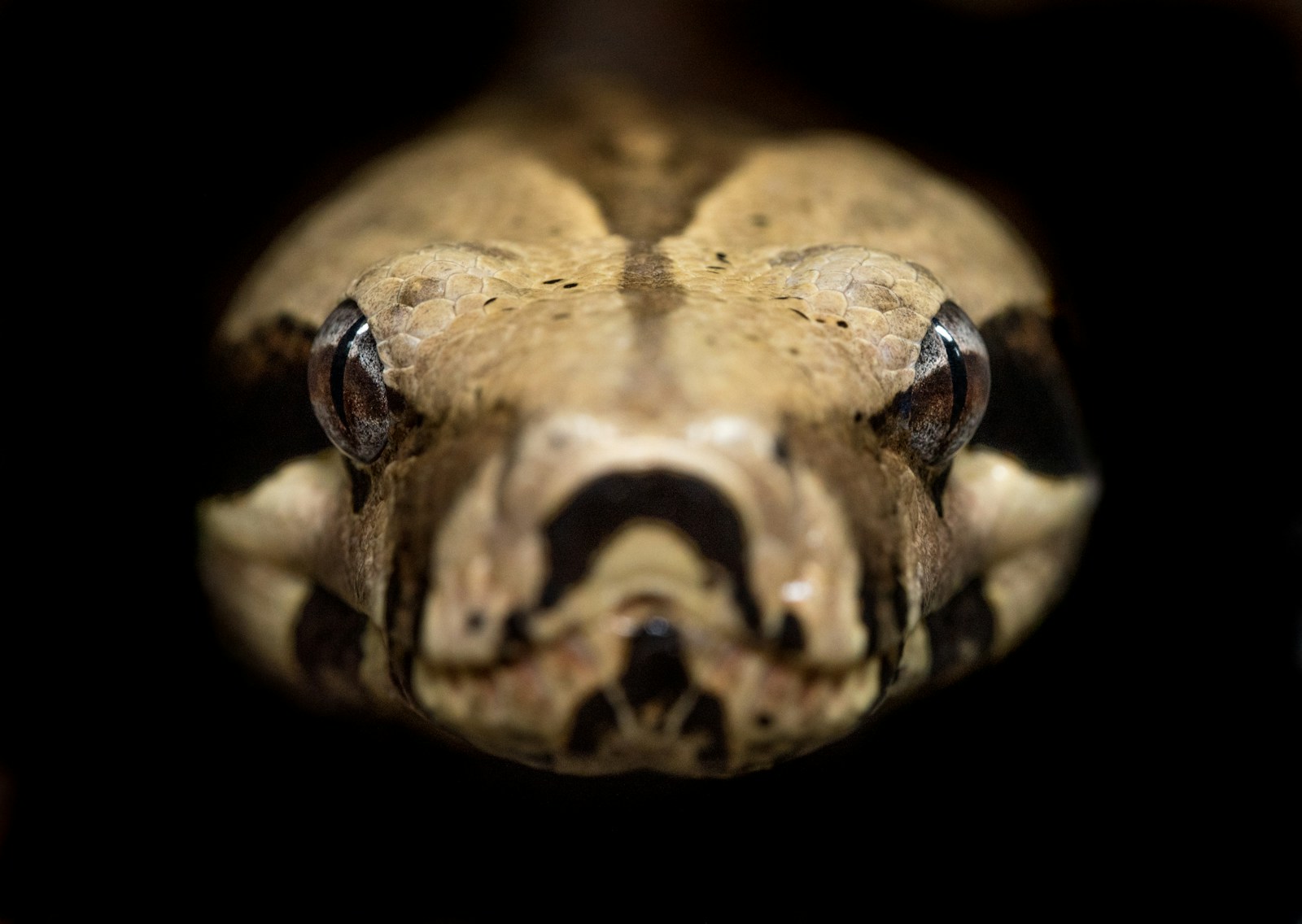
The snake’s skull represents a marvel of evolutionary engineering, with numerous adaptations that facilitate swallowing disproportionately large prey. Unlike most vertebrates, snakes have evolved a skull with multiple joints and connections that function like a complex system of hinges. The braincase, maxillae, and other skull elements can move independently relative to one another, creating a highly kinetic (movable) skull structure. Extra bones that have been modified from the standard vertebrate skull plan provide additional points of flexibility. Particularly noteworthy is the quadrate bone, which pivots significantly and connects the upper and lower jaw elements. This extraordinary skull design allows for dramatic expansion when feeding, while still maintaining structural integrity for other functions like sensing prey and processing environmental cues.
Specialized Teeth for One-Way Movement

A snake’s teeth are specifically designed not just for capturing prey, but for facilitating the remarkable one-way journey down its throat. Unlike human teeth designed for chewing, snake teeth are typically curved backward toward the throat, functioning like barbed hooks. This design ensures that once prey begins moving into the mouth, it cannot easily escape, even if still alive and struggling. Many species possess multiple rows of these recurved teeth that operate independently on each side of the jaw. When a snake “walks” its jaws around prey, these teeth grip, release, advance, and re-grip in a coordinated sequence that steadily moves the meal inward. The teeth are periodically replaced throughout the snake’s life, ensuring this critical feeding mechanism remains effective despite the tremendous strain placed on them during feeding events.
Stretchy Skin and Expandable Organs

The snake’s ability to accommodate large prey extends well beyond its remarkable jaw structure. Their skin possesses extraordinary elasticity due to unique arrangements of elastic connective tissues and specialized scale patterns that allow for dramatic expansion. Unlike mammals with relatively fixed thoracic cavities, snakes have evolved ribs that can spread outward significantly during feeding. Their internal organs demonstrate remarkable plasticity as well, with the ability to temporarily compress or shift position as needed. The esophagus, stomach, and intestines can stretch to many times their resting size, accommodating meals that may exceed 100% of the snake’s own body weight in some species. This whole-body approach to feeding flexibility means the entire organism, from mouth to cloaca, has evolved for extreme feeding events that would be impossible for most other vertebrates.
Powerful Digestive Enzymes
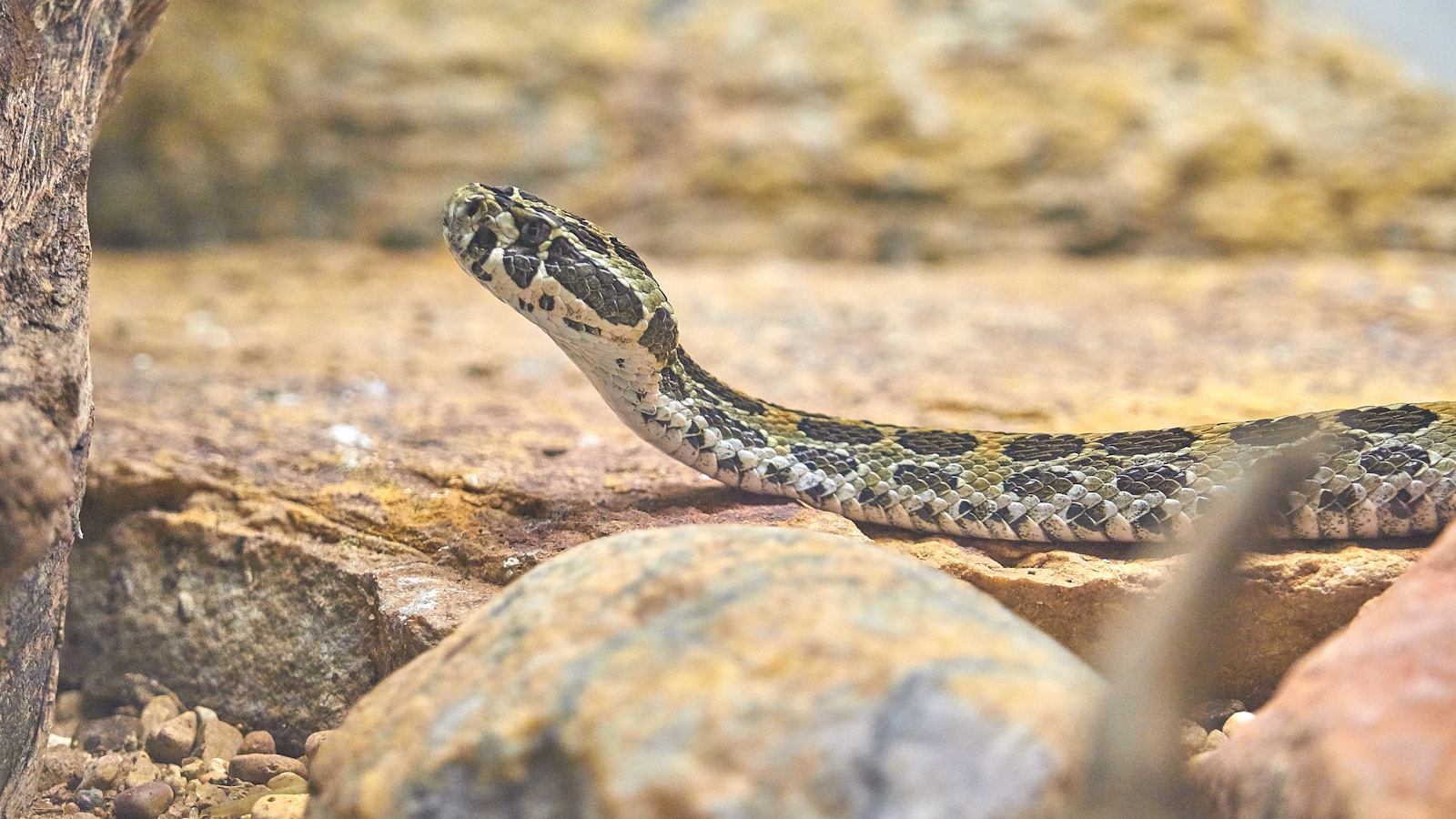
Once prey has been successfully swallowed, the snake’s digestive system launches a powerful biochemical assault to break down the entire animal, including bones, fur, feathers, and other difficult-to-digest materials. Snakes produce highly acidic stomach secretions with pH levels that can approach 1.0 in some species—nearly as strong as car battery acid. Their digestive enzymes are remarkably potent, capable of rapidly dissolving tissues and even breaking down keratin in feathers and hair. The pancreas releases specialized enzymes that target proteins, fats, and other macronutrients with extraordinary efficiency. This concentrated digestive chemistry allows snakes to extract maximum nutrition from their infrequent meals, with some species achieving over 90% digestive efficiency—significantly higher than most mammals. The incredible potency of these enzymes explains why snakes can digest nearly every component of their prey, leaving little waste behind.
Metabolic Flexibility During Digestion
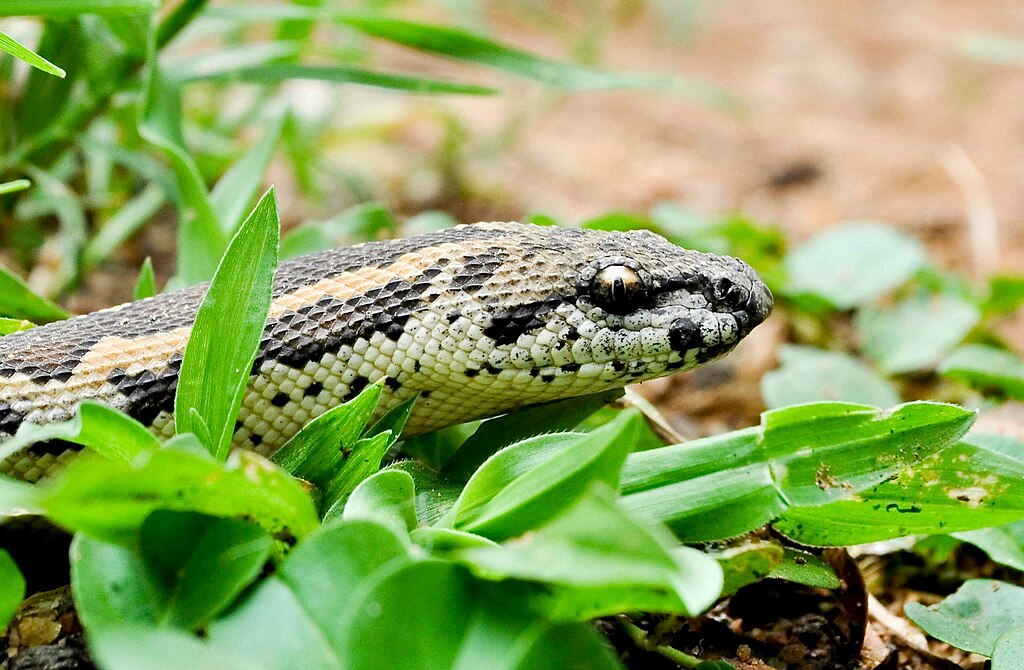
Following a meal, snakes undergo one of the most dramatic metabolic shifts known in the vertebrate world, a phenomenon scientists call “specific dynamic action” or the “heat of digestion.” A snake’s metabolic rate can increase by 400-1600% above resting levels during digestion, comparable to the metabolic rate of a mammal running at full speed. This massive energy investment allows for rapid production of digestive enzymes and supports the remodeling of the digestive tract itself. Blood flow to digestive organs increases dramatically, with up to 35% of the snake’s total cardiac output diverted to the stomach during peak digestion. Heart size physically increases during this period, and some species even grow additional heart tissue to handle the cardiovascular demands. This remarkable metabolic plasticity represents one of the most extreme physiological responses known in vertebrate biology.
Organ Remodeling After Meals
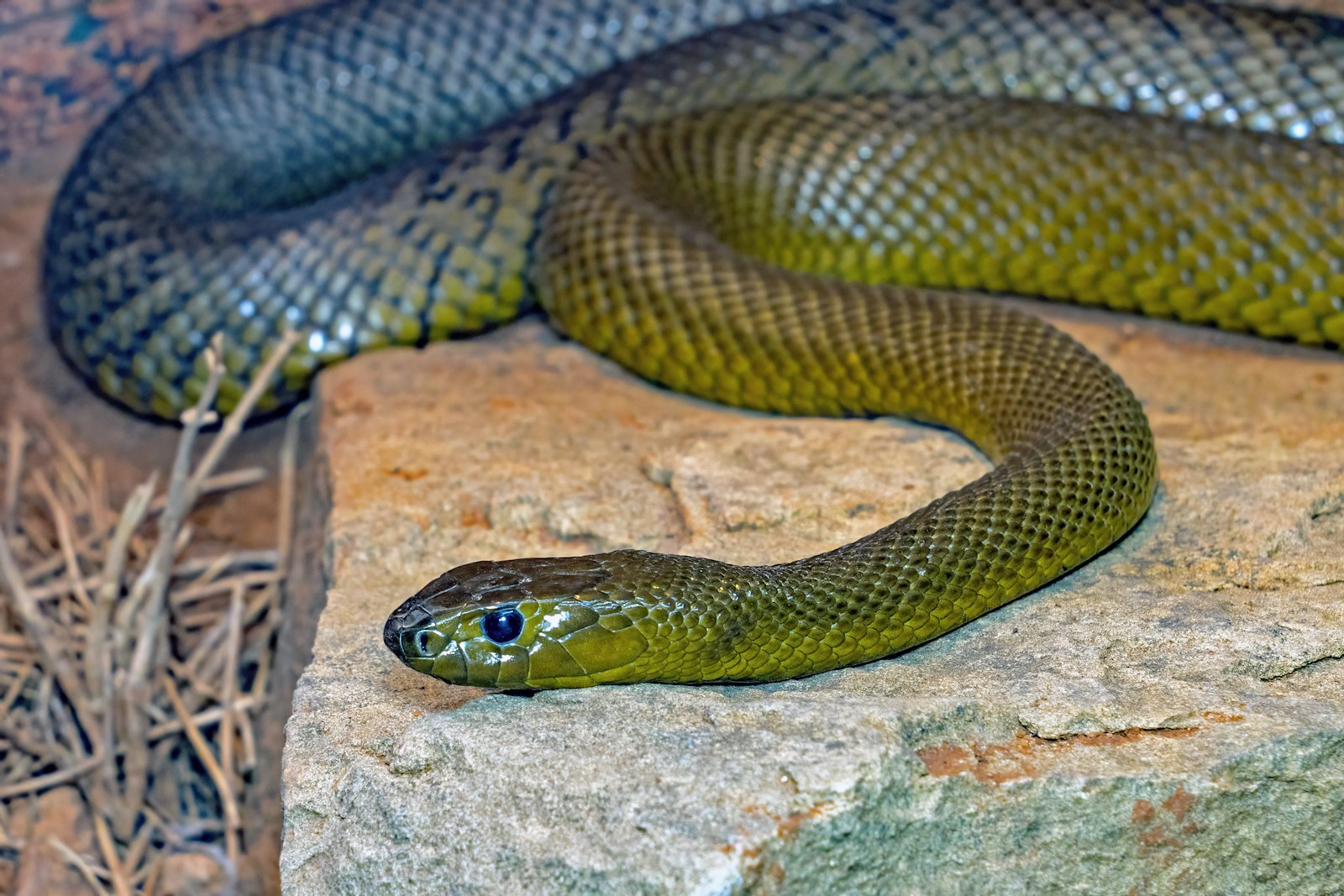
Perhaps most remarkable among a snake’s digestive adaptations is its ability to physically remodel its internal organs between feeding events. During fasting periods, which may last weeks to months, a snake’s digestive organs atrophy substantially, reducing in size by up to 40% to conserve energy. The intestinal microvilli (tiny projections that increase nutrient absorption surface area) shrink dramatically, and stomach acid production essentially halts. Once feeding occurs, these same organs undergo rapid hypertrophy, essentially rebuilding themselves within 48 hours. The intestines can double in mass, developing extensively branched microvilli to maximize nutrient absorption. Even the heart and lungs undergo structural changes to support the massive physiological demands of digestion. This ability to alternately dismantle and rebuild organ systems represents one of the most extreme examples of physiological plasticity in the animal kingdom.
Specialized Respiratory Adaptations

Consuming an entire animal presents snakes with a unique respiratory challenge: how to breathe while the mouth and throat are completely obstructed, sometimes for hours during the swallowing process. Their solution is the glottis, a specialized tube-like structure connected to the trachea that can be extended forward, essentially creating a snorkel-like breathing apparatus. During feeding, a snake will push this glottis out to the side of the prey item, allowing continued respiration even while the mouth and throat are completely filled. The position of the glottis can be actively controlled, and some species can manipulate it with remarkable precision to maintain airflow. This adaptation ensures oxygen supply continues uninterrupted throughout the lengthy and physically demanding process of swallowing large prey, a critical factor in the snake’s feeding success.
Dealing with Indigestible Parts
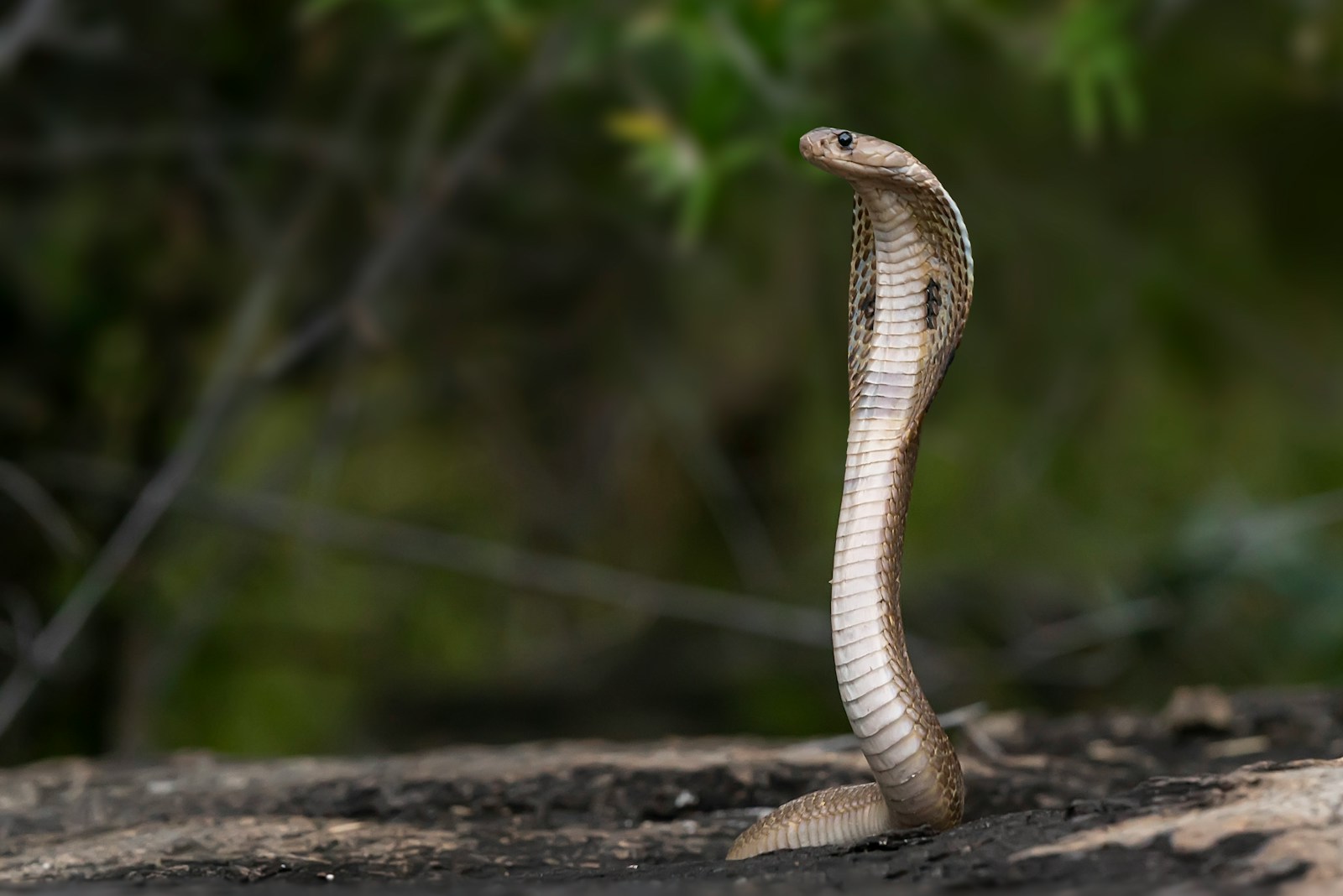
While snakes can digest an astonishing range of biological materials, certain components of prey animals resist even their powerful digestive enzymes. Items like claws, teeth, some keratin structures, and occasionally certain bone fragments cannot be fully broken down. Rather than passing these materials through an extensive intestinal tract as many animals do, snakes have evolved a more efficient solution. They form compact regurgitation pellets similar to owl pellets, containing these indigestible components. The pellet formation process occurs in the stomach, where muscular contractions compress the indigestible materials together. When digestion of usable nutrients is complete, the snake will regurgitate this compact mass of indigestible material, allowing them to eliminate waste without the energetic costs of passing it through the entire digestive system.
Temperature Regulation During Digestion
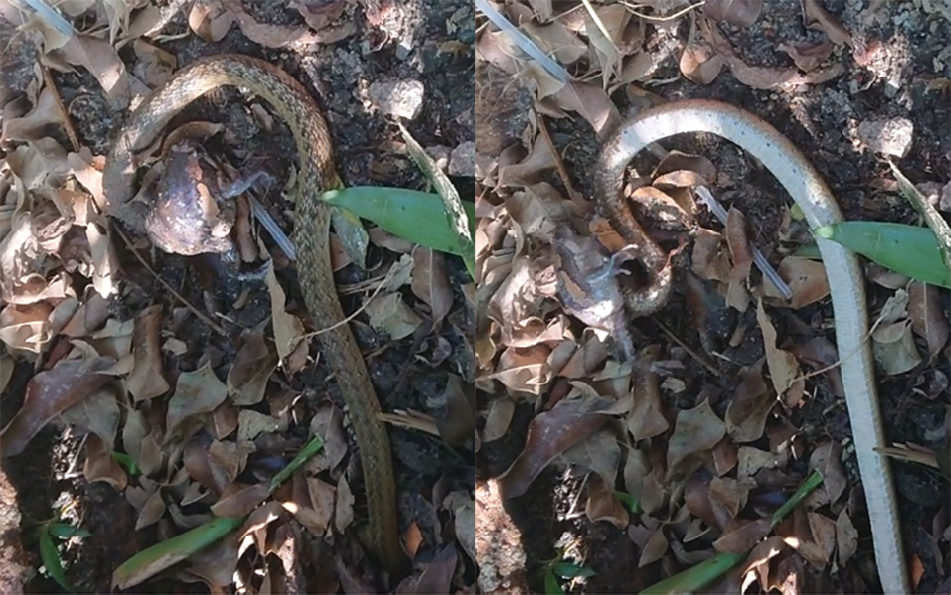
Many snakes actively seek specific temperatures to optimize their digestive processes, a behavior known as thermophilic digestion. After consuming a large meal, snakes will often bask in warm areas to raise their body temperature, which accelerates enzymatic activity and digestive efficiency. Studies have shown that digestive efficiency can vary by more than 20% based on temperature alone, making this behavior critical to maximizing nutritional extraction. Some species show remarkably precise temperature-seeking behavior, positioning themselves at thermal gradients that provide exactly the optimal temperature for digestive function. The relationship between temperature and digestion is so crucial that snakes forced to digest at suboptimal temperatures may regurgitate meals entirely rather than attempt digestion under unfavorable conditions. This temperature-dependent digestion highlights how the entire snake physiology is integrated to support their unique feeding strategy.
Extreme Fasting Capabilities
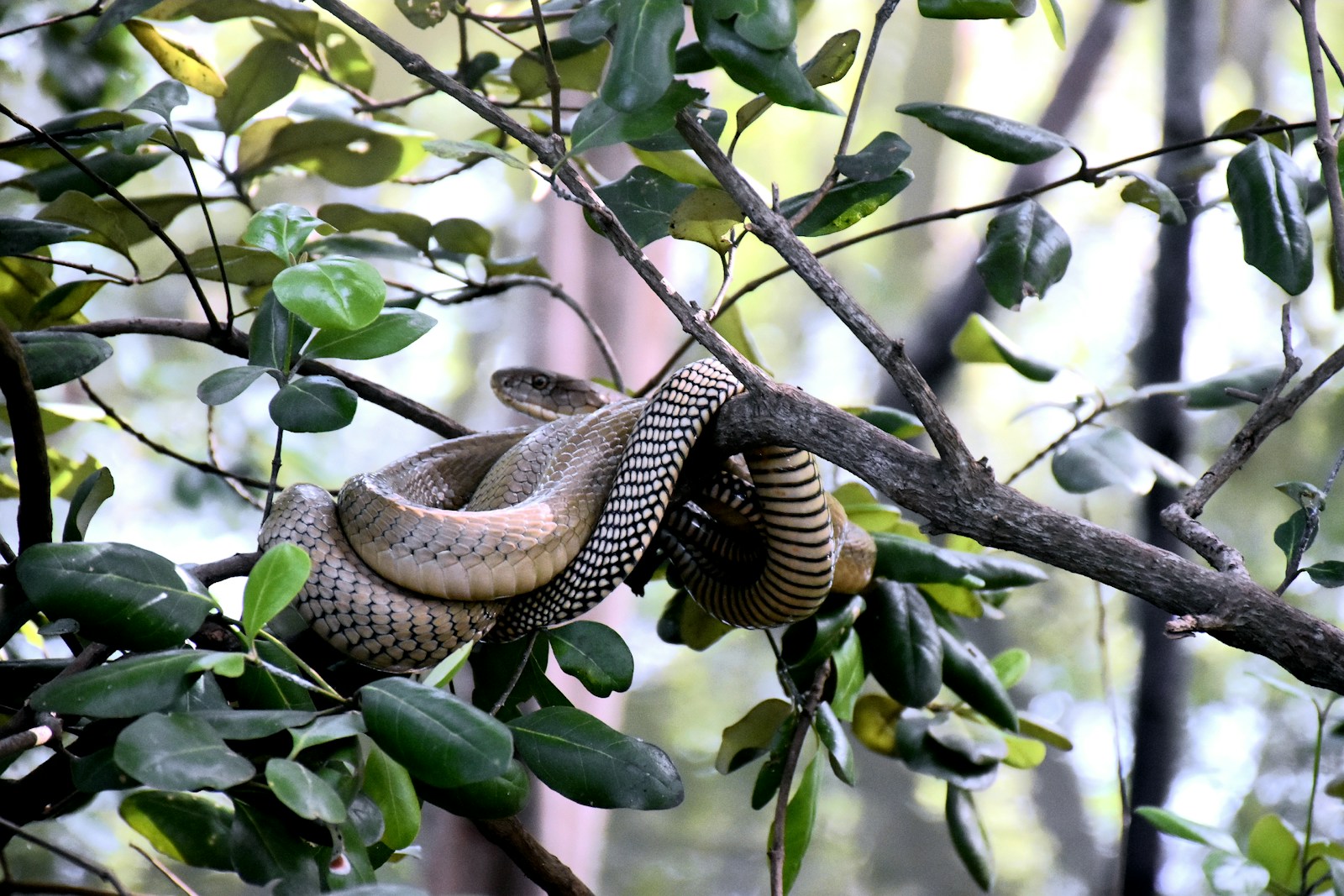
The ability to consume extremely large meals is complemented by the snake’s remarkable capacity to endure extended fasting periods. Unlike mammals that require regular feeding, many snake species can survive months or even years between meals by drastically reducing their metabolic rate during fasting periods. Their organs downregulate to minimal functioning levels, and non-essential physiological processes essentially shut down. Some species can reduce their metabolic rates to just 20-30% of normal resting levels during prolonged fasts. This metabolic flexibility allows snakes to opportunistically capitalize on infrequent prey availability while conserving energy during lean periods. Research has documented ball pythons surviving over two years without food under laboratory conditions, and anecdotal reports suggest some large constrictors may endure even longer fasts in certain circumstances.
Evolutionary Origins of Whole-Prey Consumption
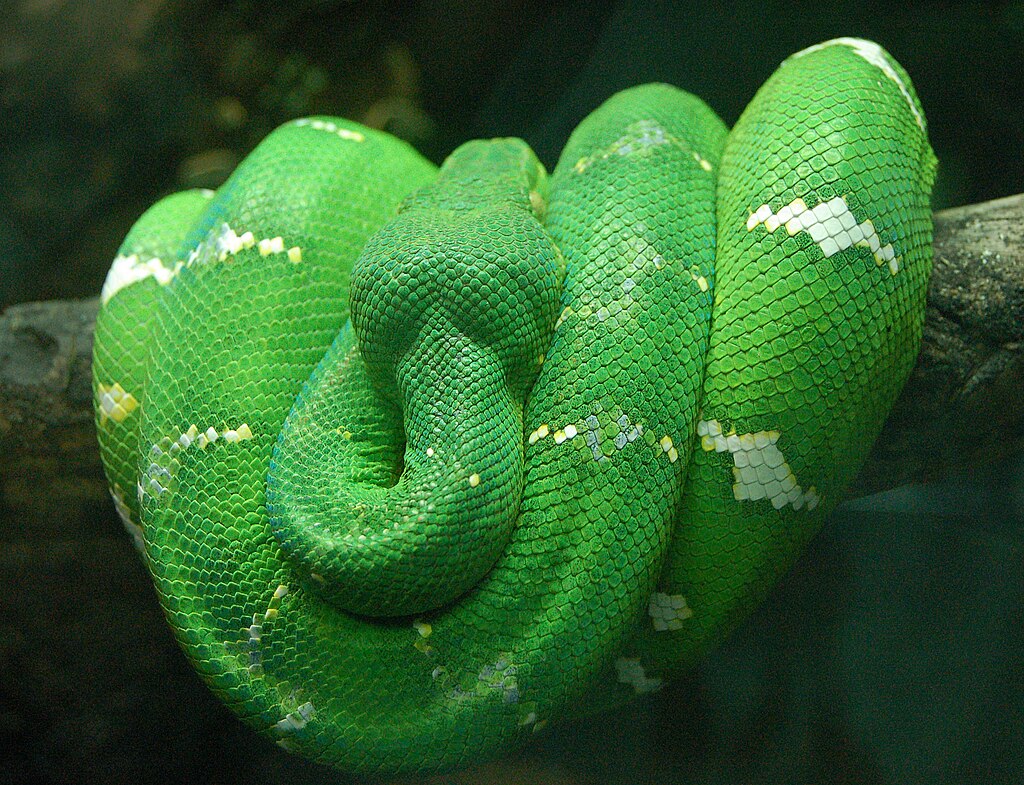
The snake’s remarkable ability to consume whole prey didn’t evolve overnight but represents the culmination of millions of years of evolutionary pressure. Fossil evidence suggests that early snake ancestors began developing elongated bodies and jaw modifications approximately 100-150 million years ago. The transition from lizard-like ancestors to specialized whole-prey consumers occurred gradually, with incremental adaptations accumulating over evolutionary time. Genetic studies indicate that key mutations affecting genes responsible for skull development, specifically HOX genes, played crucial roles in developing the highly kinetic skull that characterizes modern snakes. The transition to consuming whole prey likely provided significant competitive advantages, allowing these reptiles to exploit food resources unavailable to other predators and reducing competition. This evolutionary innovation opened ecological niches that would otherwise be inaccessible, helping explain the remarkable diversity and success of snakes across nearly every terrestrial habitat on Earth.
The snake’s ability to consume and digest whole prey represents one of nature’s most impressive examples of specialized adaptation. From their remarkably flexible jaws to their powerful digestive enzymes and metabolic flexibility, every aspect of snake physiology has been refined through evolution to support this extraordinary feeding strategy. These adaptations allow snakes to capitalize on prey resources that would be unavailable to most other predators, contributing to their evolutionary success across diverse habitats worldwide. While perhaps unsettling to human observers, the snake’s consumption of whole prey stands as a testament to the remarkable problem-solving power of natural selection, creating biological solutions that continue to fascinate scientists and nature enthusiasts alike. As we continue studying these remarkable reptiles, we gain not only insights into extreme digestive physiology but also a deeper appreciation for the incredible diversity of adaptations that allow life to thrive in our world.





